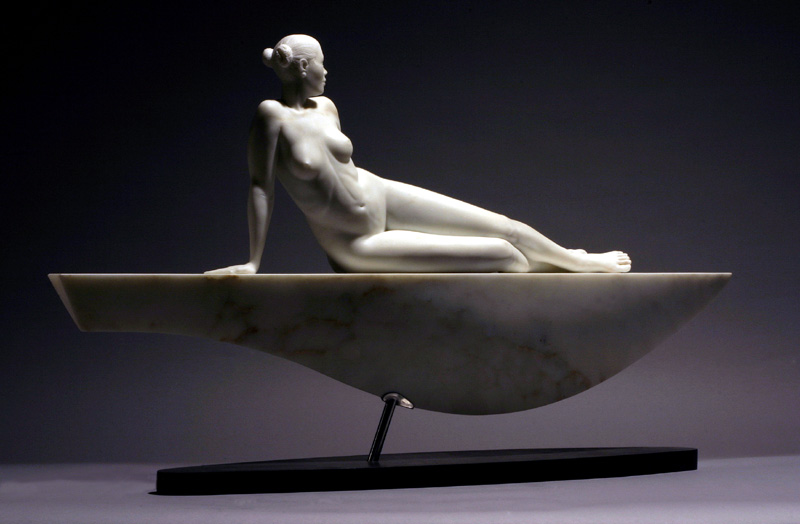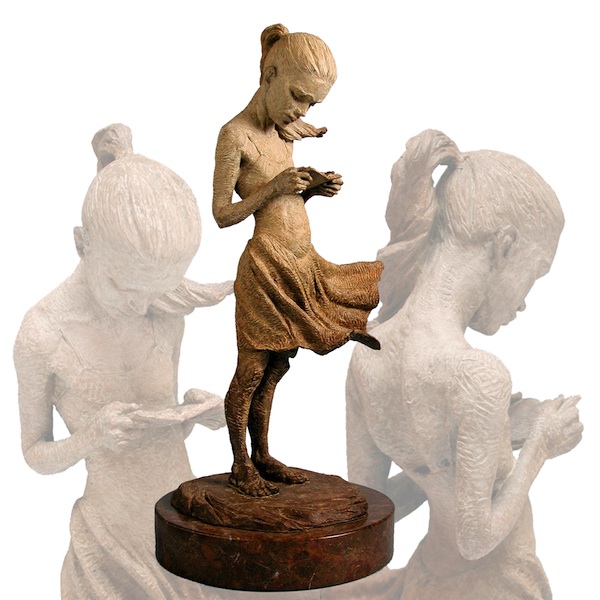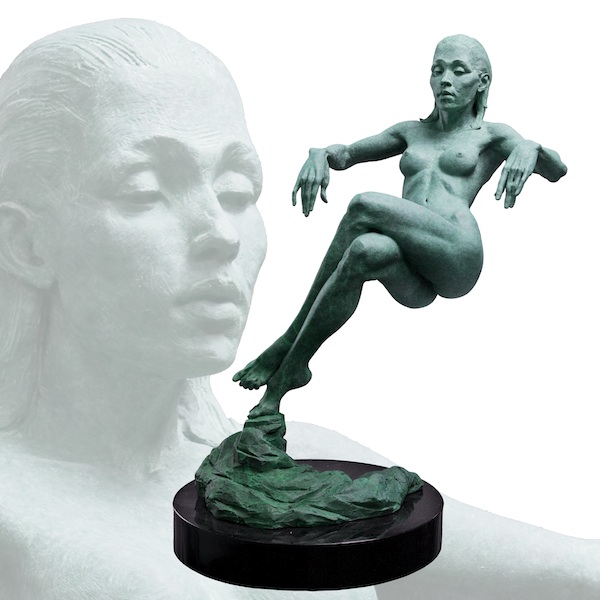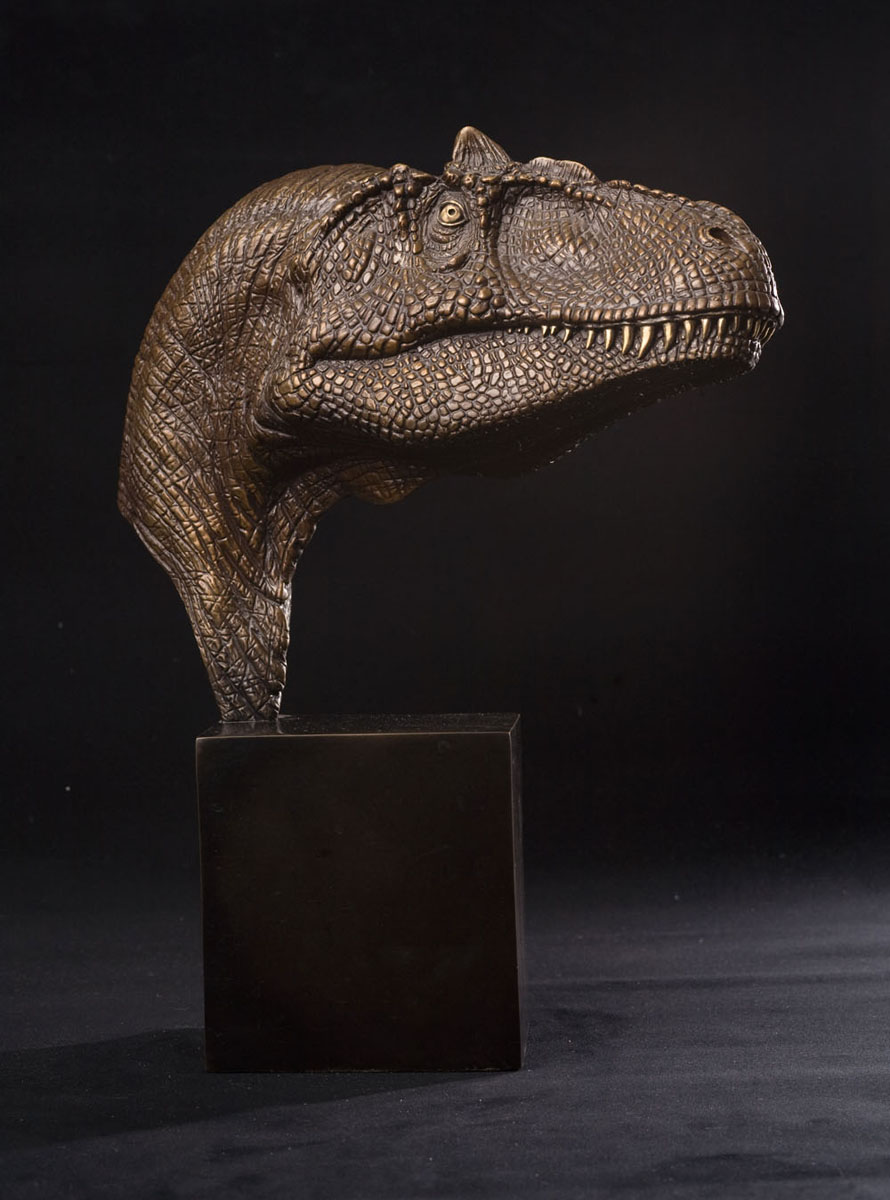 |
| "Driver of the Wheel" detail, 1997, Italian Marble, 44" dia x 12" deep |
 |
| ""Cosimo", Italian Marble, 2006, 10" x 5" x 3" |
Bela Bacsi is a contemporary American sculptor whose marble and bronze works are one of a kind. His style differs from others in a way that he uses stylization and even some elements of abstraction in creating truly unique-looking pieces. Considered a professional sculptor in the field, he has won numerous Gold medals and prizes for his works such as "Driver of the Wheel" and "Nipples of Venus" (not shown). Most of Bacsi's work is really out of this world. It is expressionistic with crazy ideas pouring from each work. I would think it takes a lot of imagination as well as experimentation to produce such marvelous work. Bacsi shows a deep understanding of shapes and planes which are so important in depicting a figure - stylized or not. This style of sculpting is somewhat uncommon but when you see it, a great effect is produced. Each viewer will find his/her own meaning of the work presented in front of them. It makes you think and simply not go "oh, this is a bust of an old person". Interesting shapes and exaggerated forms are not random - they create a composition the artist intended on visualizing from the start. The audience is not being presented with the work - they complete it along with the artist in mind! (word count - 218)
 |
| "Vessel", Italian Marble, 2006, 26" x 44" x 8" |
 |
| "Ma Troppo", Italian Marble, 2006, 21" x 33" x 8" |
 |
| "Pearfection", Italian Marble, 2007, 16"x14"x2 |


















































